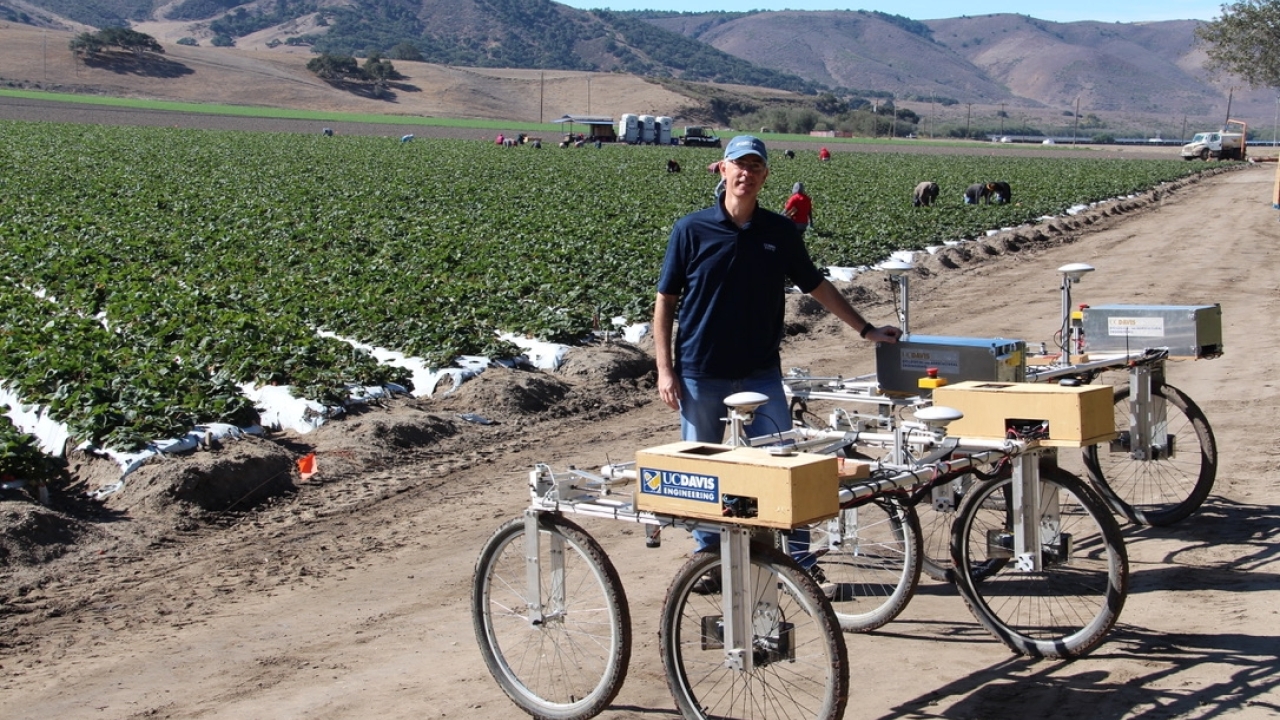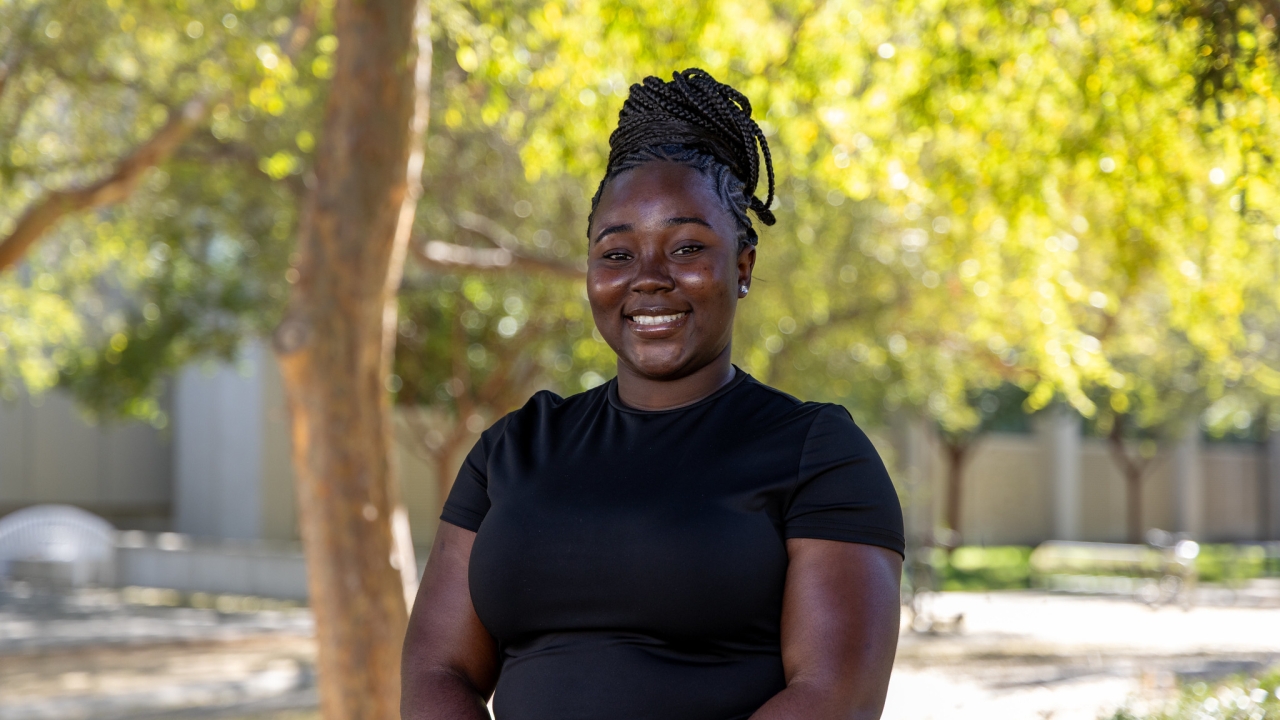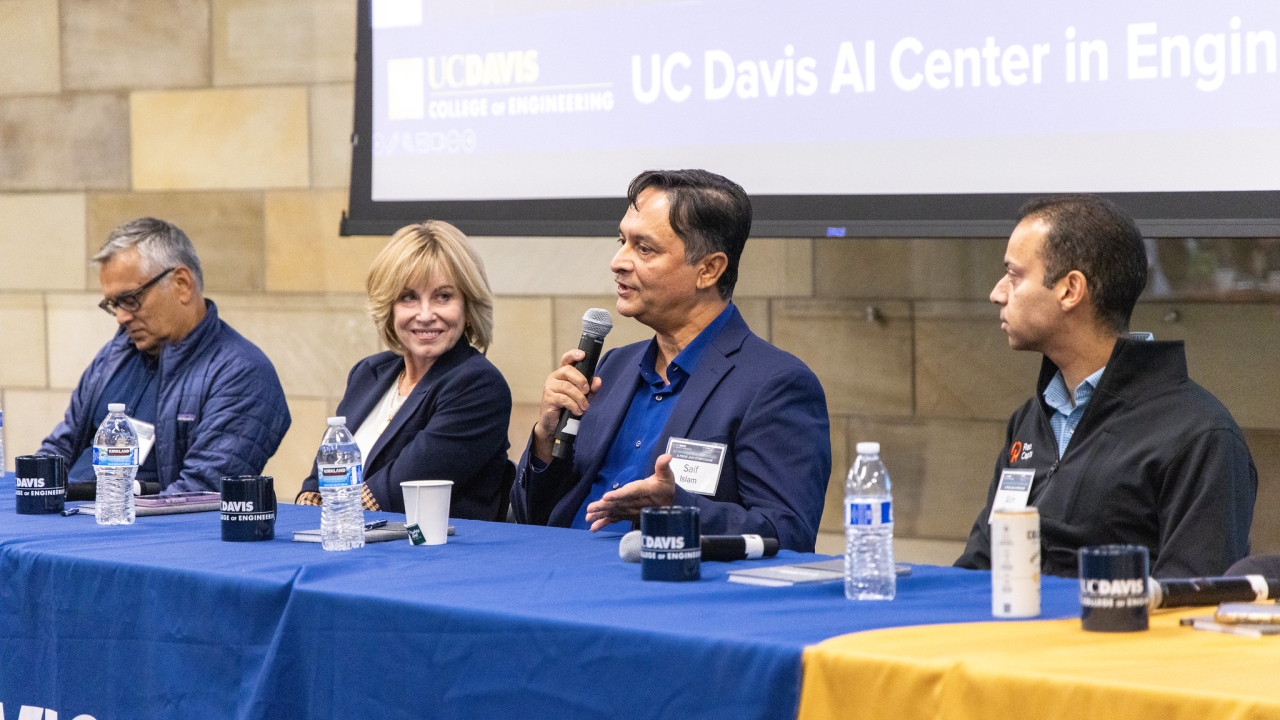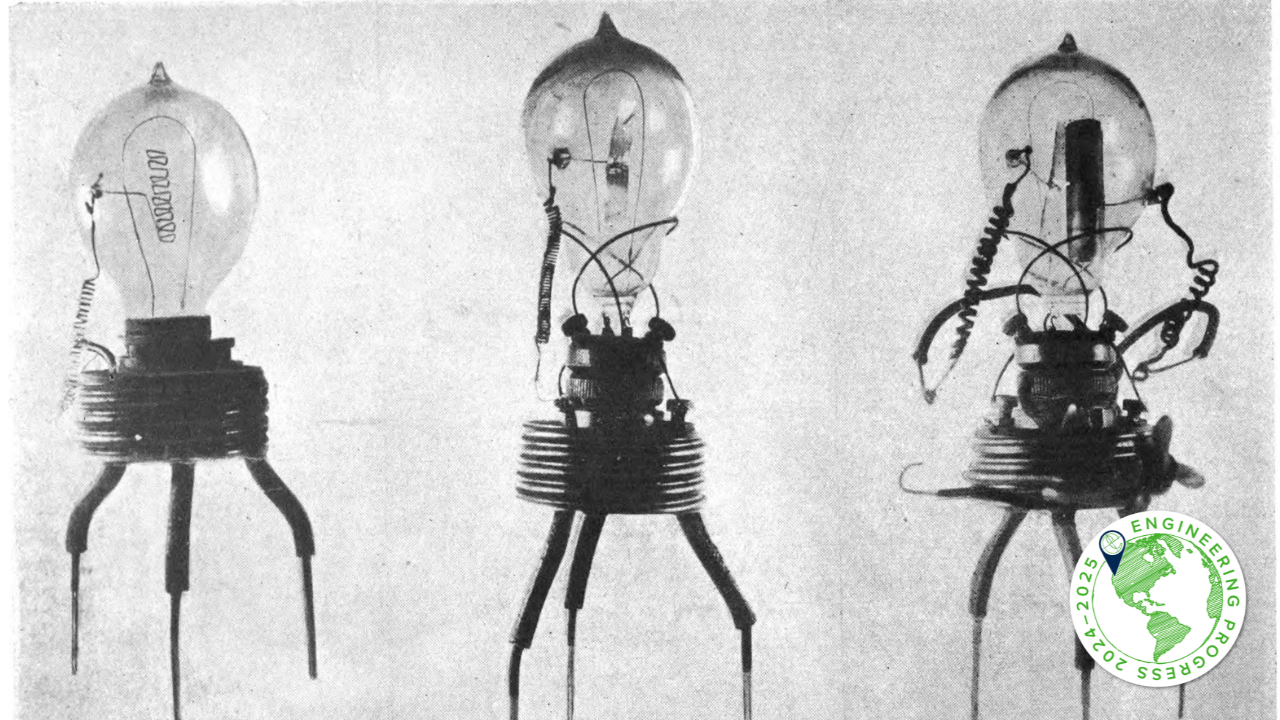
Waves of the Future
Outstanding research legacy of Distinguished Professor Neville C. Luhmann Jr. charts course for next generation of innovators in vacuum electronics
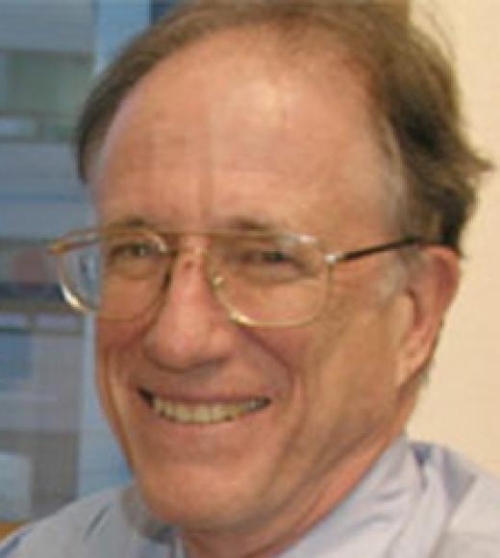
The history of modern electronics started with a vacuum tube. The Fleming valve, an electronic detector that enabled wireless communications, was the first vacuum electronic device — something that directs the flow of electrons in a sealed environment — over 120 years ago. These devices formed the electric backbone of the early 20th century, powering early radios, televisions and computers before making way for solid-state technology like semiconductors.
The thing is, tomorrow's electronics may also begin with a vacuum tube. The full potential of vacuum electronic devices lies untapped today, largely understudied since the rise of semiconductors. They have unrealized capabilities that could significantly improve aspects of contemporary life.
In the Department of Electrical and Computer Engineering at the University of California, Davis, a one-of-a-kind hub for vacuum electronic devices allows a community of researchers to build upon the past to discover the future, from next-generation communication networks and environmental diagnostic tools.
Signal Achievements
The department's singular ability to conduct research in vacuum electronics is due to Distinguished Professor of Electrical and Computer Engineering Neville C. Luhmann Jr., who has been fascinated by the technology since he first encountered it in the fifth grade.
Luhmann Jr.'s research focuses on realizing the full potential of vacuum electronics for energy systems, communication systems and imaging radar by harnessing their ability to manipulate high-power and high-frequency electromagnetic waves, such as microwaves and millimeter waves. He does this by innovating new structures that supercharge these devices, such as unique electromagnetic waveguides.
"Vacuum electronic devices have waveguide structures that, if you do things right, you can extract energy from a beam of electronics and transfer that to electromagnetic energy," he said. "Hence, like amplifiers, with a small signal in, you get a large signal out. As you go up in frequency, however, [from microwave to millimeter wave and beyond,] things get tinier and tinier. You need more precision."


An example of Luhmann Jr.'s impact on vacuum electronics is his creation of diagnostic microwave tools for fusion reactors in nuclear energy. These tools are critical for understanding, controlling and diagnosing issues with plasmas, a necessary component of the nuclear fission process to create energy, and are used across the globe, from the United States and Europe to China and Japan.
When he first joined the Department of Electrical and Computer Engineering on campus a little over a decade ago, Luhmann Jr. says he brought at least a million pounds of equipment for conducting research and fabricating new vacuum electronic device designs.
He had amassed and developed all of that equipment through his research program that he started down Highway 5 as a professor at UCLA in the 1970s before moving to the Lawrence Livermore National Laboratory.
The number of machines has since increased, creating a one-of-a-kind space for vacuum electronic research at UC Davis. Assistant Professor William "Billy" Putnam says Luhmann Jr.'s lab is unlike any other in the country and is what drew him to the Department of Electrical and Computer Engineering in the first place.
"Professor Luhmann's work and facilities are unique," Putnam said. "His group builds every part of a vacuum electronic device, from the electron emitters to the electromagnetic waveguides. It really drew me to Davis because I thought, 'Whatever I want to do with vacuum electronics, these folks can help.'"
Future Waves
Putnam's aim with vacuum electronics is to take the technology into new frontiers. Typically, vacuum electronics operate in the microwave to millimeter range, but Putnam wants to use them to harness even higher frequencies in the electromagnetic spectrum, such as terahertz and infrared bands.
By elevating their frequencies into these shorter wavelengths, Putnam says vacuum electronics would be at the forefront of next-generation radar and diagnostic tools. For example, vacuum-electronic terahertz or infrared sources could enable the detection of trace gases via molecular fingerprints at resolutions that are impossible with current technology.
Scale is one of the most notable challenges in achieving this kind of vacuum electronic device. Traditional vacuum electronics are large, and, at higher frequencies, the devices demand an exceptionally high level of mechanical precision. With Luhmann Jr.'s lab, his innovations in the field, and advancements made in materials science, Putnam believes these types of devices are now more achievable than ever.
"It's a very interesting time for vacuum electronics," he said. "There are so many new ideas in manufacturing, and there have been many interesting developments in new materials over the past few decades. Combining these new manufacturing techniques with new materials and with the revolution in nano- and microfabrication, there's going to be a lot of interesting miniaturization happening in vacuum electronics in the coming years."
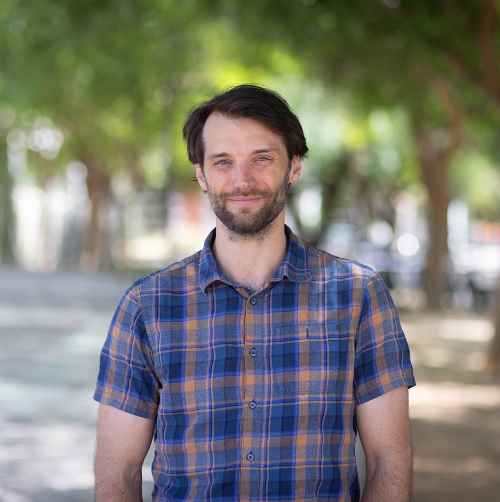
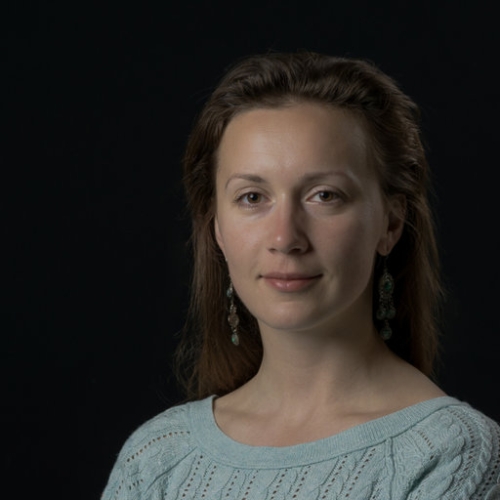
Tuning In, Together
Putnam is one piece of a unique partnership advancing vacuum electronic technology at UC Davis. The other is three-time alum Diana Gamzina, who first began working with the technology as an undergraduate engineering student in Luhmann Jr.'s lab.
"My engineers identified her as someone very special," Luhmann Jr. said. "She went all the way up through the ranks, becoming basically the head engineer in our group and she needed more."
More for Gamzina was going on to earn the college's Zuhair A. Munir Award for Best Doctoral Dissertation in 2018 for a groundbreaking project that investigated vacuum electronic devices operating at the terahertz frequency — the very same frequency Putnam is attempting to harness for next-generation technology. She then worked at SLAC National Accelerator Laboratory, developing advanced materials for vacuum electronic devices.
Gamzina now leads Elve, a Davis-based company creating traveling wave tube amplifiers, or TWTAs, at a revolutionarily low cost. TWTAs are vacuum electronic devices crucial for enabling the next generation of wireless communications, like 6G and beyond. Creating this technology at a reduced price point requires significant precision, expertise and a willingness to rethink the design and manufacturing of the technology.
"Once you get exposed to vacuum electronics," Gamzina said, "you're like, 'Oh my god, this is so powerful, you can do so much stuff with this.' It's a space that has enormous complexity and it really challenges you to the highest level. Its complex problems require a lot of knowledge, and you have to rely on other people's knowledge because you are not enough to solve the problems, which forces teamwork."
Teamwork and a culture of pursuing an ever-evolving research community are nearly built into Elve. Gamzina's company shares space with Luhmann Jr.'s lab, which enables frequent partnerships with researchers and students within the Department of Electrical and Computer Engineering to solve the complex problems intrinsic to vacuum electronics.

"We get together quite a bit and bounce ideas off each other," Putnam said of Gamzina. "Some students from my group have done internships and are now full-time employees at Elve. There's a great, mutually beneficial relationship here: we can work on exciting, research-driven ideas for the future, and the students working on these ideas can develop practical skills so that when they graduate, they can help Elve with its immediate needs as well."
This union of academia and industry, both in sharing space that houses Elve and Luhmann Jr.'s lab and the fruitful exchange of ideas between Gamzina and Putnam, makes the Department of Electrical and Computer Engineering an unparalleled hub for vacuum electronics research. By extension, through the pathways forged by Putnam and Gamzina for students to easily move between academic and industry research, it is a space unlike any other for training students in vacuum electronics — and for ensuring that the next generations of researchers achieve the potential of this technology.
"I'm very happy with the interaction that Billy and Diana have and their commitment to students," Luhmann Jr. said, reflecting on the value of mentorship in the field of vacuum electronics. "I hope it becomes a major focus in the department. Then, you can look forward to all of the applications that vacuum electronic technology is going to deliver."



